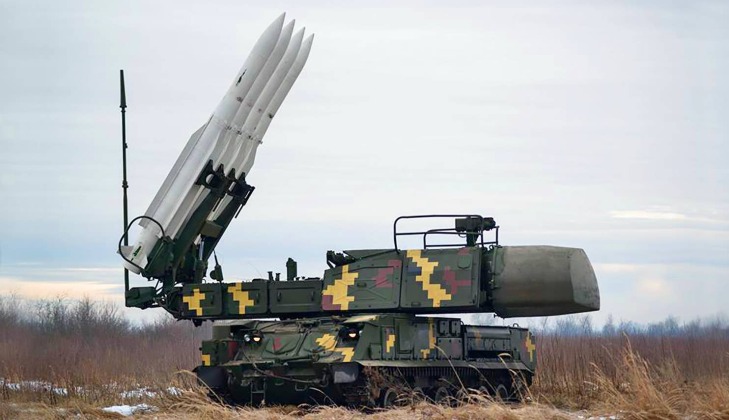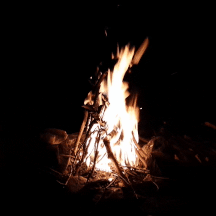Ukrainian air defences have been a priority target for Russian forces since the outbreak of hostilities on February 24, and while Russian sources reported that defences were largely depleted within hours efforts to neutralise the remainder of its defence assets remained ongoing into the war’s second week. During the second week of the campaign, as Russia began to make greater use of its combat aircraft to support its military intervention, the country’s Su-35 fighters were deployed with Kh-31PM and Kh-31P anti radiation missiles to suppress Ukrainian air defences. The Su-35 is thought to have had successes neutralising Ukrainian fighters, with reports indicating that four Ukrainian Su-27s were shot down over western Ukraine near the city of Zhytomir on March 5, but the extent to which the elite Russian fighter has been relied on for air defence suppression missions remains uncertain. The Su-35 was designed primarily as an air superiority fighter for air to air combat against the elite of an enemy air force, and while capable in other roles and compatible with a very wide range of standoff missiles it is arguably less well suited to them to other less costly aircraft which are fielded in similarly large numbers such as the Su-34 or Su-30SM.

Su-35 deployments for air defence suppression missions notably saw the jets equipped with R-77 and R-73 air to air missiles, and came at a stage when Russian control of the skies had not yet been fully secured. The Su-35 entered service in 2014 with over 100 currently in service, and operate from bases in Belarus as well as those in Russia itself. The Kh-31 is a Mach 3 missile well suited to evading interception and striking from safe distances, and represents an ideal asset for neutralising targets such as S-300 and BuK-M1 air defence systems by homing in on their radar emissions. The missiles are not well suited, however, to countering Ukraine’s lower end air defence systems namely handheld Igla and Stinger platforms which use infrared rather than radar guidance. These systems are considered to pose the primary threat to Russian aircraft, and can be integrated into infantry units making them very difficult to detect. It remains a significant possibility that with the Ukrainian Air Force effectively neutralised, Su-35s will be relieved of their air defence suppression duties and twin seat aircraft less specialised in air to air combat such as the Su-30SM will be relied on in their place.
